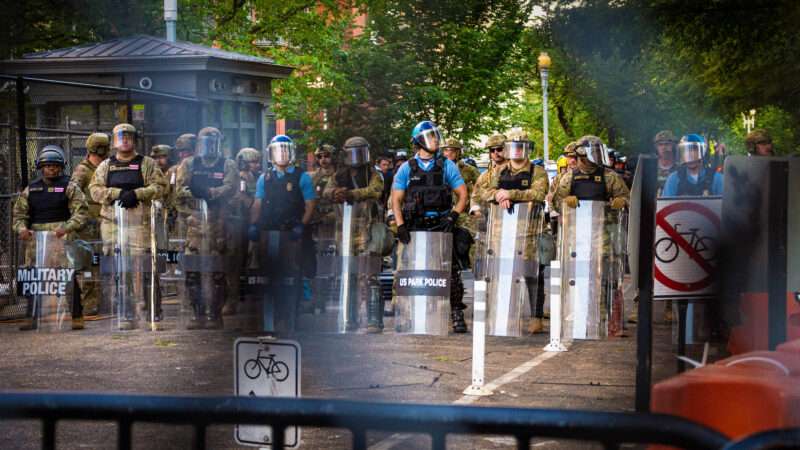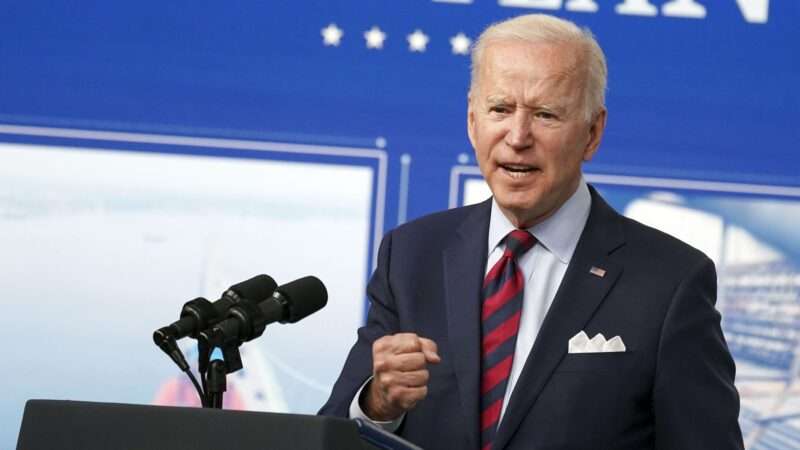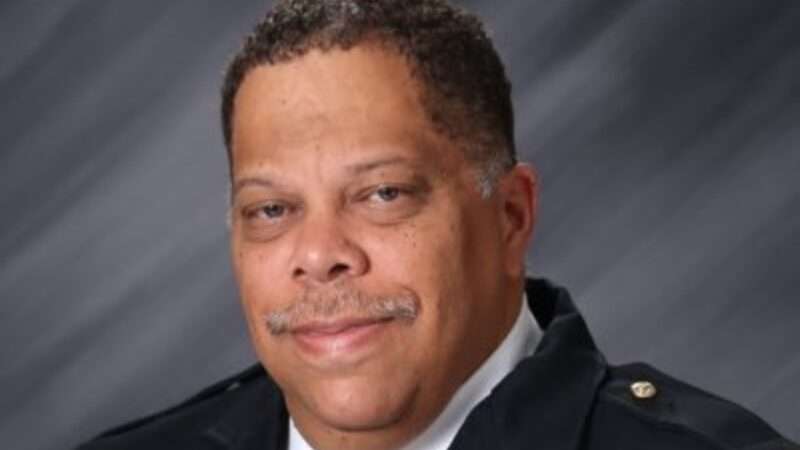For President Joe Biden, a proposed $2.25 trillion infrastructure spending package is about more than rebuilding bridges and fixing up America’s water and sewer systems. It’s about more, even, than the overpriced high-speed rail boondoogles that Biden loves so much.
In Biden’s telling, the infrastructure bill might very well be the last stand of liberal democracy in the world.
“I truly believe we’re in a moment where history is going to look back on this time as a fundamental choice that had to be made between democracies and autocracies,” Biden said last month as he rolled out his infrastructure proposal in a speech from Pittsburgh, Pennsylvania. “There’s a lot of autocrats in the world who think the reason why they’re going to win is democracies can’t reach consensus any longer.”
Later in the speech, Biden refined that point.
“That’s what competition between America and China and the rest of the world is all about,” Biden said. “It’s a basic question: Can democracies still deliver for their people?”
It may very well be a politically savvy maneuver to turn the infrastructure bill into an epoch-defining moment that could tip the scales between freedom and autocracy. In reality, Biden’s proposal is a messy collection of infrastructure-ish items—about $1 trillion of the total would be spent on things like job training programs and expanded home health care services, which can only be defined as infrastructure if you really, really stretch the definition of the word. But you can’t worry about details like that when the very existence of democracy is at stake! America must prove it can do Big Things again, and here’s a big thing, so America must do it.
The problem for Biden isn’t merely that this bit of circular logic doesn’t stand up to scrutiny. Indeed, it’s not meant to be an intellectually rigorous justification for passing an infrastructure bill. It is just meant to trigger a swell of patriotism and maybe convince a few nationalist Republicans to back his proposal.
No, the real problem for Biden is that this conception of the conflict between liberal democracy and authoritarianism—or between the U.S. and China, if you want to get right down to it—is exactly backward. In fact, it gets both the political and economic parts wrong.
Politically, the great advantage that democracies have over authoritarian regimes is the necessity of consensus building through mechanisms like elections and legislative bodies. Biden has stressed the need for “unity” and “bipartisanship” in his public remarks about the infrastructure plan, but he’s also suggested that “unity” means little more than getting on board with what he’s proposing.
A few days after Senate Minority Leader Mitch McConnell (R–Ky.) said Republicans would likely oppose Biden’s plan, the president said that “compromise is inevitable”—as long as it’s the other side compromising.
“I’ve heard from my Republican friends, many of them say it’s too big. They say, ‘Why not focus on traditional infrastructure?'” Biden told reporters on April 7. He dismissed a $600 billion GOP-backed infrastructure plan as being too small. “If they come forward with a plan that did the bulk of it,” Biden continued, “that allowed me to have pieces of all of this in there, I would have been prepared to compromise.”
Biden is recasting consensus-building as a problem, as if it only prevents good ideas from taking form. But the requirement of consensus also prevents bad ideas from becoming reality.
Think about it like this. Much of Biden’s infrastructure plan is full of cronyistic giveaways to political allies like labor unions, as Reason‘s Peter Suderman has detailed, that in many cases will make the underlying infrastructure projects more expensive. In an autocratic system, there would be no mechanism to oppose or block those provisions. This is part of the reason why, historically, autocratic regimes have a huge malinvestment problem—that is, they don’t spend public money efficiently. Of course, no one would accuse Congress of being a faithful steward of the public purse, but the requirement of consensus-building and the threat of political competition are still benefits, not drawbacks.
Economically, Biden is making the mistake of ignoring the role of private investment—particularly when it comes to things that aren’t physical infrastructure like roads and bridges.
“Do you think China is waiting around to invest in this digital infrastructure or in research and development?” Biden said at the White House on April 7. “I promise you, they are not waiting, but they’re counting on American democracy to be too slow, too limited, and too divided to keep pace.”
Thankfully, the American system doesn’t require a fast-moving government to be successful. America succeeds because it is the best place in the world for investors to put their money, and that money drives the research and development that spur innovation. Even though China attracted more foreign investment than the United States in 2020 due to the pandemic, the total amount of foreign investment in the U.S. remains far greater.
Fending off the economic challenge that China presents is not going to be accomplished with high-speed rail boondoggles. It doesn’t require becoming more like China, but rather being more like America has always been: a place where innovation has flourished from the bottom-up, not from the top-down.
Biden wants to know if democracies can still “deliver for their people.” That’s a question that is answered best by looking at what happens outside the public sector, not within it.
Far from being the last stand of liberal democracy, Biden’s infrastructure plan—and the associated attempt to redefine everything as infrastructure—is a gift to central planners. Because infrastructure is, almost by definition, something that must be centrally planned. There isn’t a lot of room for spontaneous order when it comes to building bridges or airports. There might be a few competing ideas, but someone ultimately has to decide that the railroad will go here instead of there.
In that regard, it makes sense that governments more heavily invested in central planning will complete more infrastructure projects. That’s not the same as saying they build better infrastructure—or that they make decisions in more efficient and cost-effective ways. And it discounts all the ways in which countries compete for investments that have nothing to do with infrastructure.
Biden is offering none of that context. The argument never seems to go further than the threat of national shame if America doesn’t spend hundreds of billions of dollars on dubious agenda items. Asking questions is just handing an advantage to China.
This is keeping up with the Joneses applied to the global level. Xi got a new boat, so we better buy one too—even though you know those things are just money pits. America must match China’s centrally planned malinvestments, or else what will the neighbors think?

from Latest – Reason.com https://ift.tt/3gpjLQy
via IFTTT




